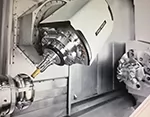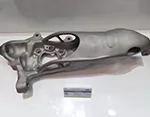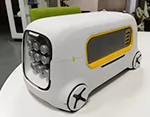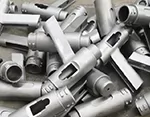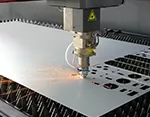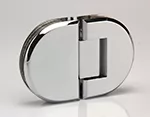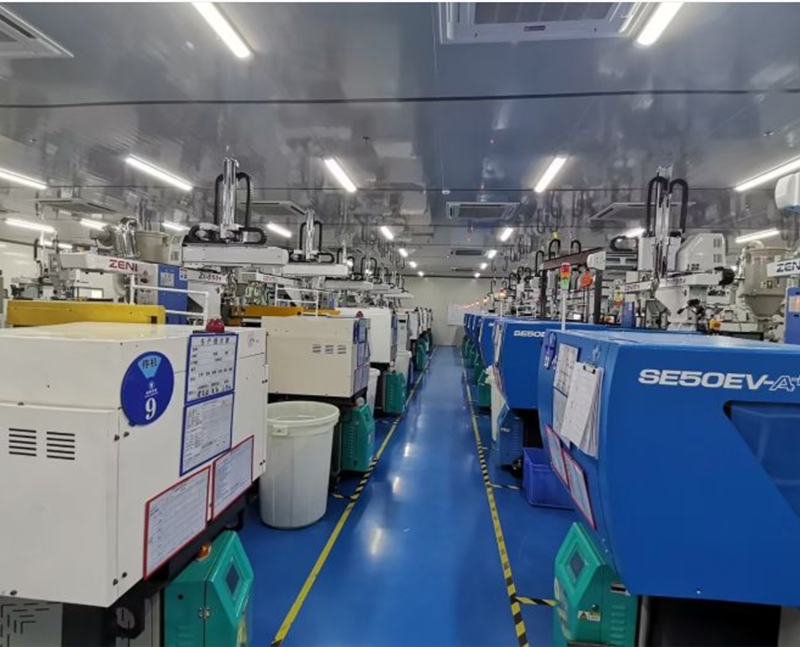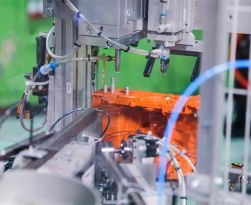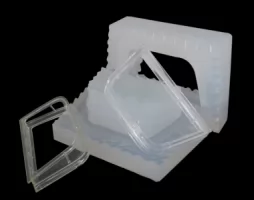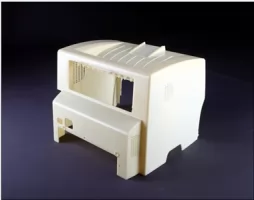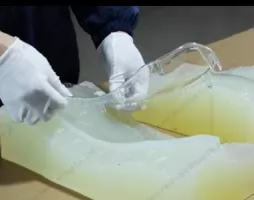-
Service
+
- CNC Precision Machining Service +
- Multi-Axis Simultaneous Machining Service +
- CNC Turning Service +
- Metal 3D Printing Service +
- Rapid Prototyping Service +
- Die Casting Service +
- Sheet Metal Fabrication Service +
-
Finish Serivces
+
- Polishing
- Grinding
- Brushed Finish
- Sand blasting
- Painting
- Powder Painting
- Anodizing
- Hard anodizing Service
- Passivation
- Zinc Plating
- Nickel Plating
- Chrome Plating
- Blackening
- Black Zinc Plating
- Teflon Coating
- Titanium Coating
- DLC Coating
- Laser Marking
- Silk Screen Printing
- Transfer Printing
- Micro Arc Oxidation
- Industries +
- About Us +
- Resource +
- Contact Us
- Quote

-
Service
-
>
-
>
-
>
-
>
-
>
-
>
-
>
-
>
-
- Industries
- About Us
- Resource
- Contact Us
Advantages of Plastic Injection Molding
Plastic injection molding is the process of melting plastic pellets (thermoset/thermoplastic polymers) and once sufficiently ductile, injecting them under pressure into the mold cavity, filling and curing them to produce the final product.Plastic injection molding is the process of melting plastic pellets (thermoset/thermoplastic polymers) and once sufficiently ductile, injecting them under pressure into the mold cavity, filling and curing them to produce the final product.
What is Injection Molding?
Plastic injection molding is the process of melting plastic pellets (thermoset/thermoplastic polymers) and once sufficiently ductile, injecting them under pressure into the mold cavity, filling and curing them to produce the final product.
How does plastic injection molding work?
The thermoplastic injection molding process is a standard process involving aluminum molds. Aluminum transfers heat more efficiently than steel, so no cooling channels are needed - which means the cooling time we save can be used to monitor filling pressures, and cosmetic issues and produce quality parts.
Resin pellets are loaded into a barrel and will eventually be melted, compressed, and injected into the mold's runner system. The hot resin is injected into the mold cavity through a gate and the part is then molded. Ejector pins help remove the part from the mold, and the part then falls into the loading bin. After the run is complete, the part (or initial sample run) is boxed and shipped shortly thereafter.
Plastic injection molding is an extremely versatile method of producing plastic parts that offer several advantages over other plastic molding methods. Not only is the process simpler and more reliable than other methods, but it is also very efficient.
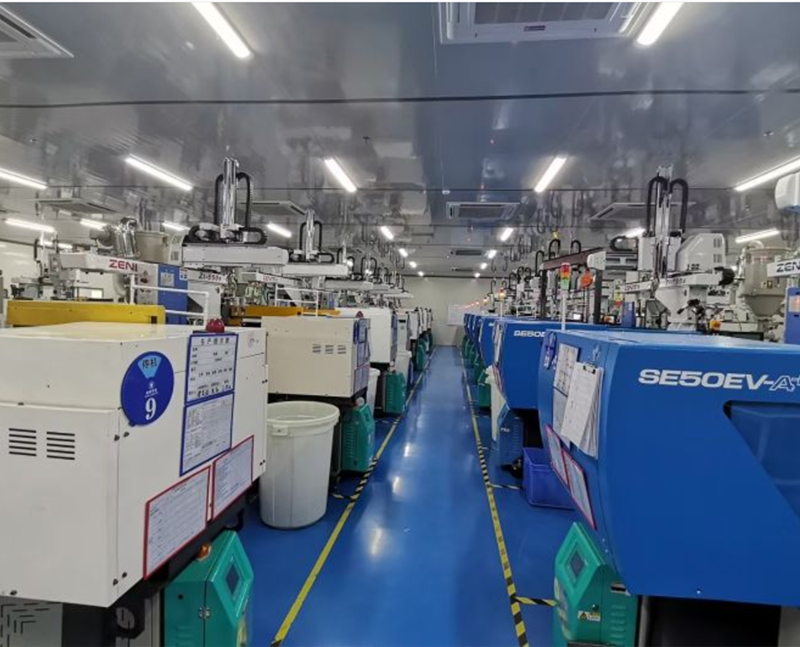
Let's look at the top five advantages of plastic injection molding.
1. Flexibility - Materials and Colors
Choosing the right material and color for a project are two important factors in manufacturing plastic parts. Because of the diversity of both, the possibilities are almost endless. Advances in polymers over the years have led to the development of a vast array of resins to choose from. It is important to work with an injection molder who has experience with a variety of resins and applications, including FDA, RoHS, REACH, and NSF compliant resins. To ensure you select the right resin for your project, keep in mind the following variables: impact strength, tensile strength, a flexural modulus of elasticity, heat deflection, and water absorption.
Plastics can be colored using various coloring systems, each of which offers its own unique properties, benefits, and drawbacks. Masterbatches,” salt and pepper” blends, Liquid Color, and pre-colored resins are four of the most common coloring techniques.
2. Complex Part Design
Injection molding can handle extremely complex parts and uniformity, as well as the ability to make millions of virtually identical parts. In order to optimize the efficiency of high-volume injection molding and maximize part accuracy and quality, key design elements should be considered. Part designs must be developed to maximize the efficiencies inherent in high-volume molding. With the right design, parts can be manufactured consistently and with high quality. Without good design, costly machining errors can occur.
Throughout the industry, most molding professionals agree that there are some basic design elements that must be in place for the injection molding process to work properly. They include wall thickness, rib design, boss design, corner transitions, weld lines, gate placement, and properly placed vents.
3. Enhanced Strength
Strength is one of the key factors that need to be determined when designing plastic injection molded parts. The designer needs to know if the part needs to be flexible or rigid so that he/she can adjust the integrated ribs or corner gussets. It is also important to know how the part will be used by the customer and what type of environment the part will be exposed to.
Finding the right balance between design considerations will help meet your part's needs for strength and stability. Material selection plays another key role in the strength of the part.
4. High efficiency - fast production
Plastic injection molding is known as the most common and efficient form of molding for several good reasons. The process itself is extremely fast compared to other methods, and the high output rates make it more efficient and cost-effective. The speed depends on the complexity and size of the mold, but only about 15-120 seconds pass between each cycle time.
Because of the short time between cycles, more molds can be produced in a limited amount of time, thereby increasing possible revenue and profitability.
5. Low labor costs
Labor costs for plastic injection molding are typically relatively low compared to other types of molding. The ability to produce high levels of parts at high output rates contributes to cost efficiency and effectiveness.
The entire Kesu Hardware Group is designed to produce the highest quality, most economical injection molded parts in the industry. Kesu Hardware Group Co., Ltd focuses on providing customers with the finest services in rapid prototyping and low-volume manufacturing.
At Kesu Hardware, we design, program, prototype, and manufacture products. Our flexible development processes can provide you with different manufacturing solutions based on your project and demands. Let us help you find a suitable hardware machining service for your project. When you contact us, please provide your detailed requirements. That will help us give you a valid quotation.

